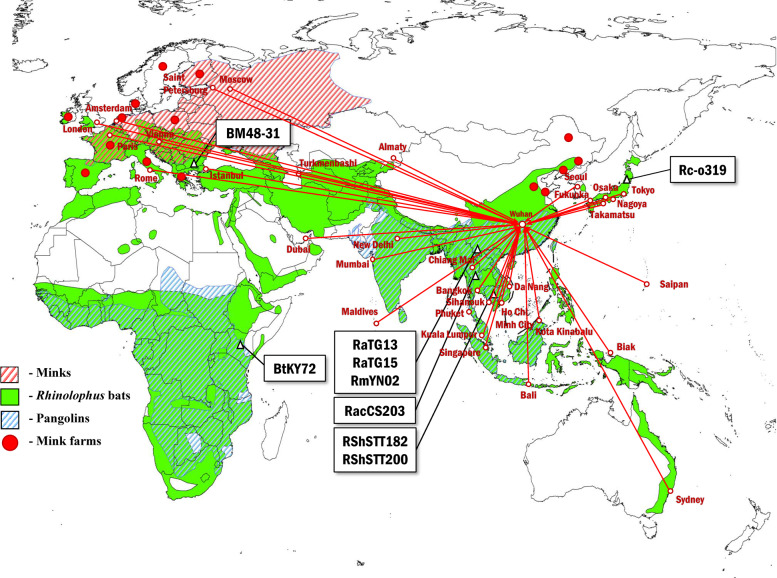The origins of severe acute respiratory syndrome coronavirus 2 (SARS-CoV-2) remain elusive; understanding how, when, and where SARS-CoV-2 was transmitted from its natural reservoir to human beings is crucial for preventing future coronavirus outbreaks. With the lessons learned from the endless battle against pathogens and accumulated research data with regard to the origins and intermediate hosts, CEEID research network present multiple potential locations as the natural reservoirs of SARS-CoV-2 and call for global collaboration for tracing the origins of SARS-CoV-2. It is high time to start the real global search for sarbecoviruses in the potential locations to identify the origins, intermediate hosts, and transmission paths of SARS-CoV-2. Tracing the origins of a virus is a difficult task. A solid conclusion is the result of an enormous amount of work, patience, global cooperation, some luck, and possibly decades of continuous research, as has been accomplished for the influenza virus. However, such work is indispensable for reducing the frequency of the inevitable pathogen emergences and the damage of outbreaks, as it is crucial to the common health of all mankind.

Fig. 1. Distribution of Rhinolophus, pangolin and mink species, showing locations of bat sarbecoviruses discovered and the main distribution areas of mink farms. Red lines indicate international flight routes to Wuhan. Animal distribution data are from the database of International Union for conservation of Nature (IUCN) Red list of Threatened Species (https://www.iucnredlist.org/). Air route information is from the website of Wuhan Tianhe Airport (http://www.whairport.com/).
Article access: https://www.nature.com/articles/s41422-021-00575-w